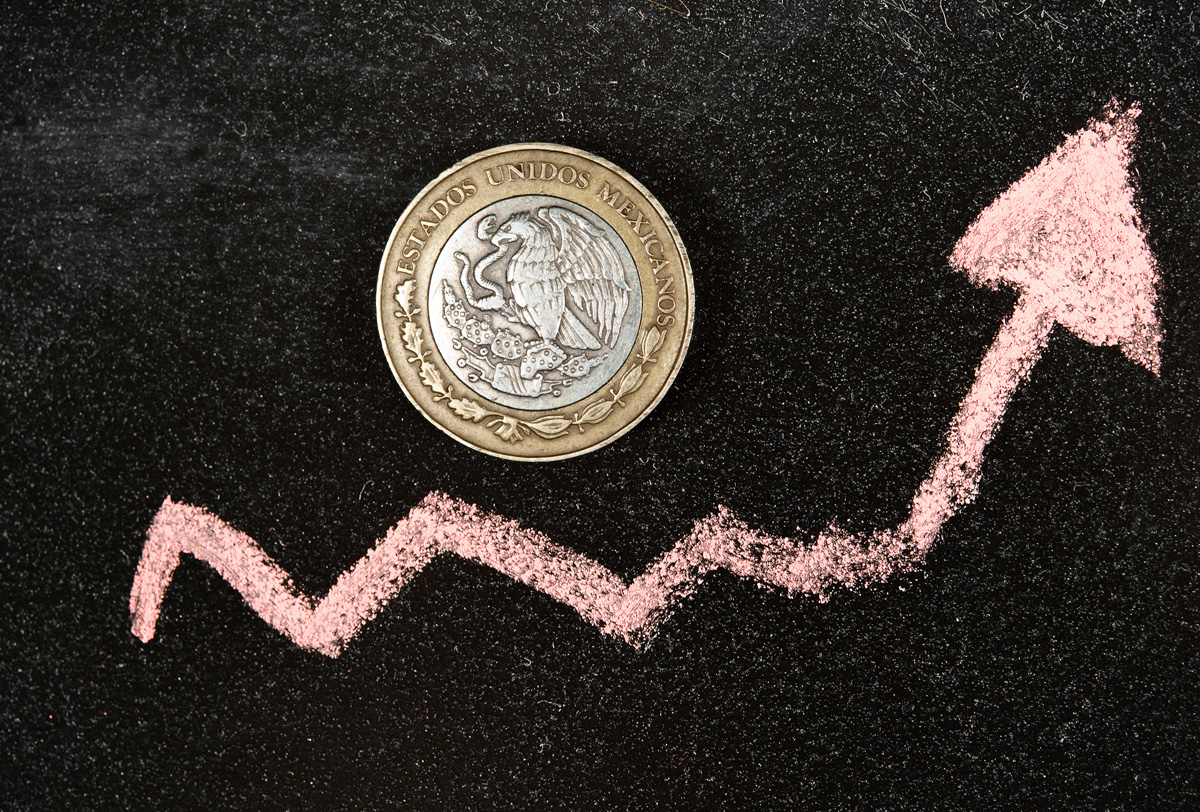The Mexican peso closed the first month of 2023 with an appreciation of 3.47% or 67 centstrading around 18.82 pesos per dollar, and reached a maximum of 19.53 and a minimum of 18.56 per greenback.
During January, The Mexican currency reached its best exchange rate level since February 20, 2020.
In a Banco Base report, it is noted that the appreciation of the peso during the month was mainly due to the weakening of the US dollar, whose index fell 1.89% in view of the expectation that the Federal Reserve (Fed) conclude its interest rate hike cycledue to the fact that inflation in the neighboring country has shown a downward trajectory.
“Another factor that allowed the appreciation of the peso was the perception of a lower risk of economic recession at a global level,” said Gabriela Siller, director of economic analysis at Banco Base, in the report.
The specialist recalled that, at the beginning of the year, the Chinese government reduced the containment measures prior to the beginning of the Lunar New Year, which allowed the market to speculate about the normalization of economic activity and the service sector in the country. In the United States, GDP for the fourth quarter of 2022 showed annualized growth of 2.9%, exceeding market expectations. Sustained economic growth in the United States is positive for Mexico, due to the close economic relationship between the two countries through exports.
On the other hand, the most appreciated currencies in the month were: the Chilean peso with 6.24%, the Russian ruble with 5.22%, the Brazilian real with 3.93%, the Indonesian rupiah with 3.74%, the Colombian peso with 3.72%, the Hungarian forint with 3.67% and the Mexican peso with 3.47%.
Meanwhile, the exchange rate with the euro during January reached a minimum of 20.08 pesos and a maximum of 20.89 per euro.
The best January for Wall Street in years
Meanwhile, the exchange rate with the euro during January reached a minimum of 20.08 pesos and a maximum of 20.89 per euro.
Wall Street closed its best month of January in years, with a cumulative rise of 10.7% in the Nasdaq index, given expectations that the US Federal Reserve will become less aggressive in raising interest rates.
The Nasdaq, which brings together technology companies, the big losers last year, posted its best January since 2001while the selective S&P 500, with cumulative progress of 6.2%, marked its best January since 2019.
The Dow Jones Industrials, which brings together only the 30 largest listed companies in the country, rose a modest 2.8%.
The US market has opted for purchases in January after saying goodbye in 2022 to the worst year seen since 2008, with a spectacular 33% drop in the Nasdaq, after the Fed raised rates seven times -four of them, in 0.75 points- to curb high inflation.
With information from Reuters.
MORE NEWS:
High level Team of young journalists whose objective is to explain the most relevant business, economic and financial news. We are passionate about telling stories and believe in citizen and service journalism.


